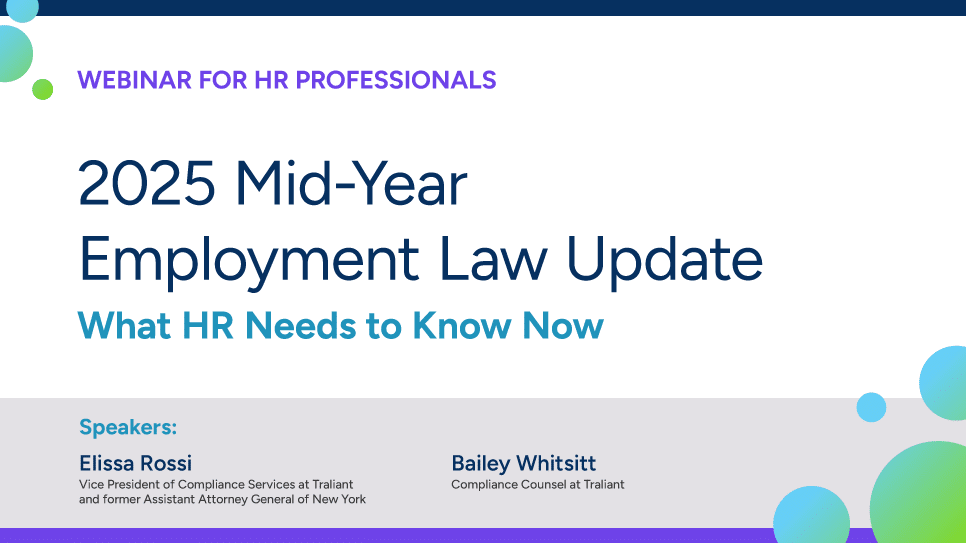

California AB 2053 Requirements and Training
About AB 2053. Protect your employees and your organization: Comply with CA regulations.

California AB 2053 Online Training
The California Assembly Bill 2053 was implemented in 2015 to supplement the guidelines and regulations set forth in AB 1825. Under AB 1825 all employers with 50 or more employees are required to provide two hours of training in the prevention of sexual harassment for their supervisors every two years. The AB 2053 amendment mandates that education on abusive conduct, or what is commonly known as “bullying,” be included in that training.
Understanding Abusive Conduct
Abusive conduct is defined by the California Government Code, Section 12950.1 as workplace conduct, with malice, that a reasonable person would find hostile, offensive and unrelated to an employer’s legitimate business interests.
Abusive conduct includes, but is not limited to, verbal abuse, derogatory remarks, threatening verbal or physical conduct, intimidation, humiliation and gratuitous sabotage that undermines an individual’s ability to work.
A National Epidemic
AB 1825 was proposed under the notion that abuse in the workplace is a national epidemic that leads to low morale, high turnover rates, reduced productivity and work quality, absenteeism and an increase in worker’s compensation claims. In an attempt to mitigate the damage caused by abusive conduct to employees and organizations, AB 2053 was added to prevent bullying before it starts.
Due to evidence that suggests harassment and abusive conduct are closely associated and frequently occur simultaneously, it is most appropriate to provide abusive conduct education alongside sexual harassment and discrimination education.
Course Guidelines
With a goal of creating courses that engage and educate through interactivity, we designed our Preventing Discrimination and Harassment for CA/CT Managers course, which satisfies the training requirements for both AB 2053 and AB 1825, with demanding expectations and exacting attention to detail.
Traliant’s AB 2053 training material is specifically designed to educate trainees through behavioral-based instruction. We aim to help you do more than just provide “check the box” compliance training—we want to help you protect your organization and your employees by ensuring that all supervisors work together to prevent abusive conduct in the workplace.
Noncompliance Penalties
If an organization doesn’t train its employees in harassment and discrimination, the California Department of Fair Employment and Housing has the right to audit and issue a mandate. However, of even greater concern, is the fact that if an allegation of harassment results in an employer being brought to court, a jury or tribunal will take compliance with the AB2053 training requirement into consideration, and will often award increased damages or penalties when an employer is noncompliant.
Compliance Checklist
To simplify your research, we’ve compiled a checklist of regulations for anti-harassment policy and training. Traliant offers training on Preventing Discrimination and Harassment designed for employees and managers. Our training meets all of the requirements and recommendations for the Connecticut CHRO Act, California AB 1825, and California AB 2053, and is also compliant with the EEOC Guidelines for anti-discrimination training.

